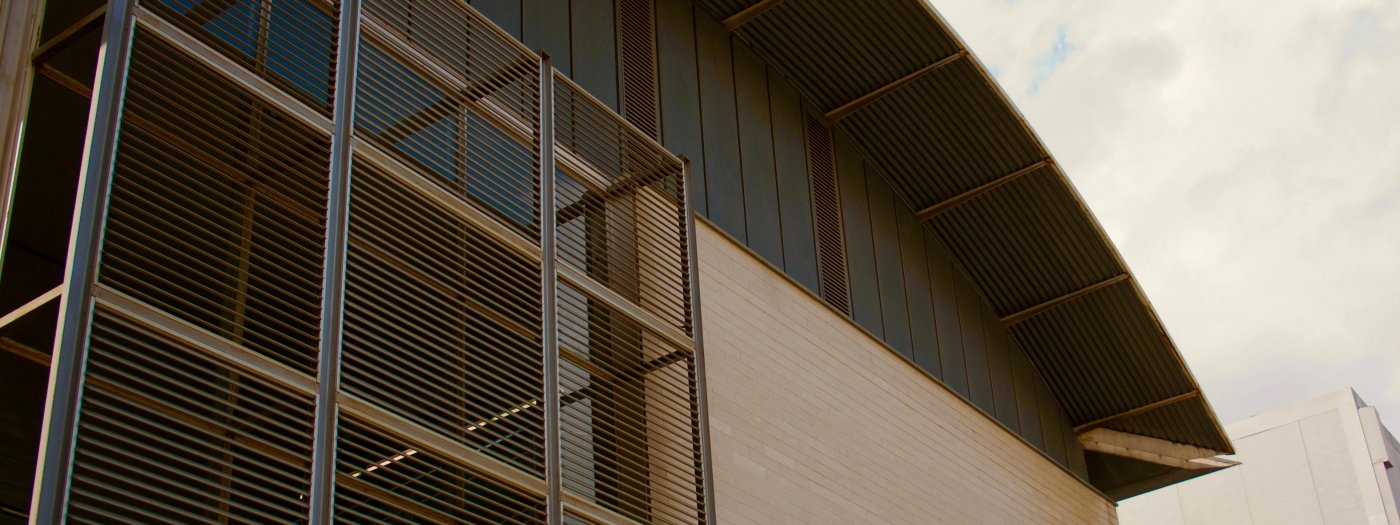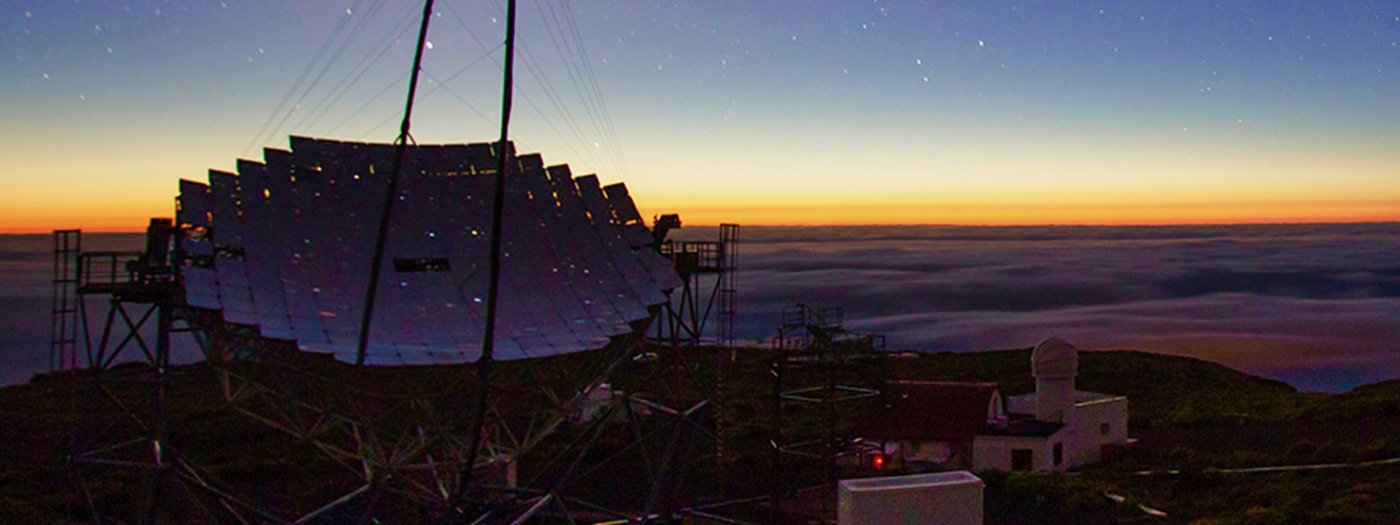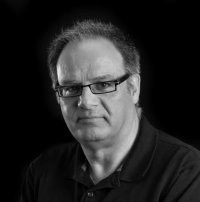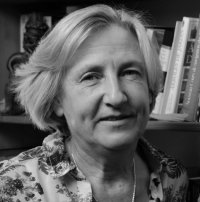Institute of High Energy Physics (IFAE)

The Institute of High Energy Physics (IFAE) was founded in 1991 by a consortium of the Government of Catalonia and the Autonomous University of Barcelona (UAB). IFAE has two main divisions, experimental and theory, which develop frontier research in Fundamental Physics, and a third division developing Applied Physics.
The Institute is placed in the Autonomous University of Barcelona (UAB) Campus and it is a member of the Barcelona Institute of Science and Technology (BIST). IFAE is involved in international experiments like the ATLAS project at the LHC, the T2K neutrino experiment in Japan, the MAGIC telescopes in La Palma and the Dark Energy Survey project in Chile, among others. IFAE also work at the cutting edge of detector technology developing new instrumentation like telescope cameras and detectors for medical imaging. Our center is involved in different outreach activities and also promotes initiatives such as the education web app “Gamma Ray Hunters”.
- In 2016: joined the Barcelona Institute of Science and Technology (BIST).
- In 2013 and 2016: awarded with the “Severo Ochoa Centre of Excellence” seal by the Ministry of Research, Development and Innovation of Spain.
- In 2013: awarded with the “Human Resources Excellence in Research” seal from the European Commission.
From 2012 to 2016: H-index value 114




